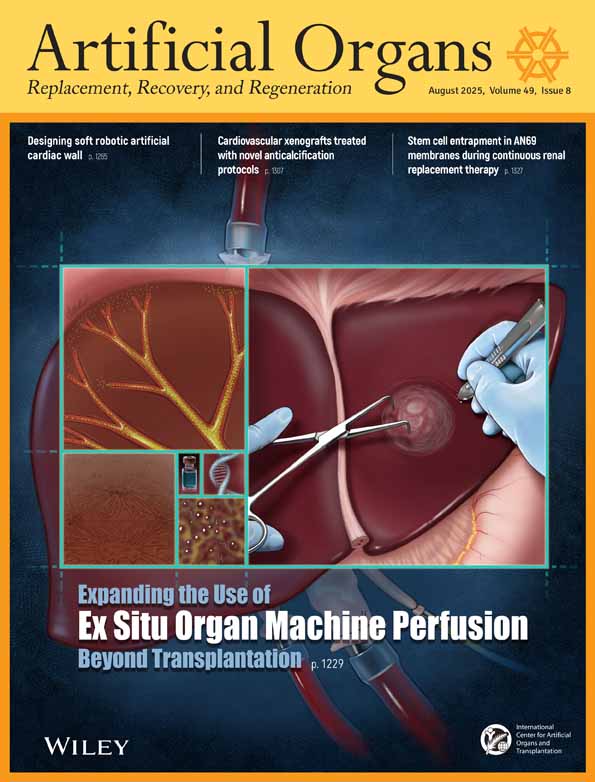Clinicopathological Aspects of 18 Kaposi's Sarcoma among 1055 Greek Renal Transplant Recipients
Abstract
Abstract: The incidence of Kaposi's sarcoma (KS) in transplant recipients is 400–500 times greater than that in the general population, and is rising within the transplant population. In this study, between March 1983 and December 2001, 1055 cases were recorded where KS developed in 18 patients (1.7%) who were treated with AZA + CsA + MP, MMF + CsA + MP, MMF + Tac + MP, CsA + MP, or AZA + MP therapy (AZA, azathioprine; CsA, cyclosporine A; MP, methylprednisolone; MMF, mycophenolate mofetil; Tac, Tacrolimus). In the present study, 18 renal transplant recipients who developed KS and were followed and analyzed. Analysis revealed that a continuous state of immunodeficiency is important for the development of KS. Prognosis in patients with KS limited to the skin is favorable, while visceral involvement is associated with high mortality. Transplant function is well preserved in most of the cases. The association, previously described, between human herpesvirus 8 (HHV8) and transplant-associated KS also exists in the studied population.




